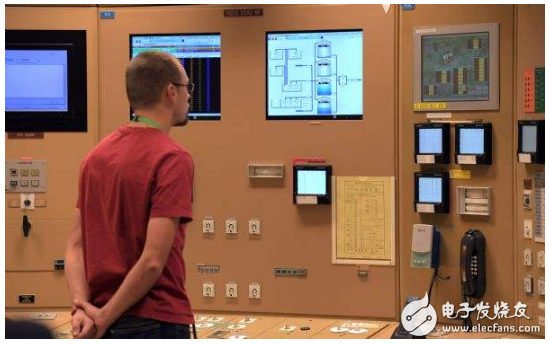In 2021, the Internet of Things market will reach US$6 trillion, so companies have begun to deploy sensors that can monitor the heating and cooling of buildings, so that they can automatically adjust settings for maximum comfort while reducing costs through PARC sensors. After that, the sensor can be connected through a radio frequency (RF) signal to observe indoor energy efficiency.
PARC sensors can be used to monitor the use of energy-consuming devices in buildings.
The Palo Alto Research Center (PARC), the Xerox Research Center, announced that it has received funding from the US Department of Energy for the development of adhesive sensors that can monitor Internet of Things (IoT) devices, including Smart city.
According to VentureBeat, Business Insider Intelligence estimates that the IoT market will reach $6 trillion in 2021, so companies have begun deploying sensors that monitor the heating and cooling of buildings to achieve maximum comfort through automatic adjustment settings. At the same time, the cost is reduced, and after the PARC sensor is connected, the sensor can be connected through a radio frequency (RF) signal to observe the indoor energy efficiency.

Users can wirelessly monitor other devices through RF power by simply peeling off the adhesive sensor's label and sticking it anywhere.
The US Department of Energy's Building Technologies Office has invested $19 million in plans to improve the efficiency of local homes, offices, schools, hospitals, restaurants and stores.
PARC Program Director David Schwartz pointed out that once the temperature in different areas of the building can be measured, the energy system can be operated more efficiently. The agency has long developed a hybrid electronic product that combines different functions and a resilient appearance. Schwartz also pointed out that the agency has partnered with manufacturing partners to produce the sensor.
One of the challenges in distributed sensing today is power, but PARC's low-cost sensors use RF drives instead of batteries, and the tear-off design has an installation advantage that allows users to easily change or move to achieve a more accurate understanding of the current There are environmental results. The sensor also automatically locates, initiates verification and activates additional features such as automatic wall mapping.
The Internet of Things requires countless solutions to help users feel and understand the world's environment, and printing is the most eye-catching method for mass production and custom sensor systems. Because of its low cost, flexible appearance and easy installation, the sensor is suitable for different applications such as building efficiency, air quality, smart city, industrial and residential security and wearable devices.
In addition, the Department of Energy currently funds a total of 18 construction-related programs, including sensors and controllers, heating and ventilation and air-conditioning and related technologies, windows, building envelopes and building energy simulation.
In 2015, PARC also announced a methane detection sensor consisting of a printed sensor array made of polymer substrates. The mechanism uses a variety of modified carbon nanotube (CNT) materials to develop low-cost print sensor arrays for quantification. Dissipate with locked methane.
Our company specializes in the production and sales of all kinds of terminals, copper terminals, nose wire ears, cold pressed terminals, copper joints, but also according to customer requirements for customization and production, our raw materials are produced and sold by ourselves, we have their own raw materials processing plant, high purity T2 copper, quality and quantity, come to me to order it!
LYF Copper Lube Terminals,Ring insulated terminals
Taixing Longyi Terminals Co.,Ltd. , https://www.lycopperterminals.com